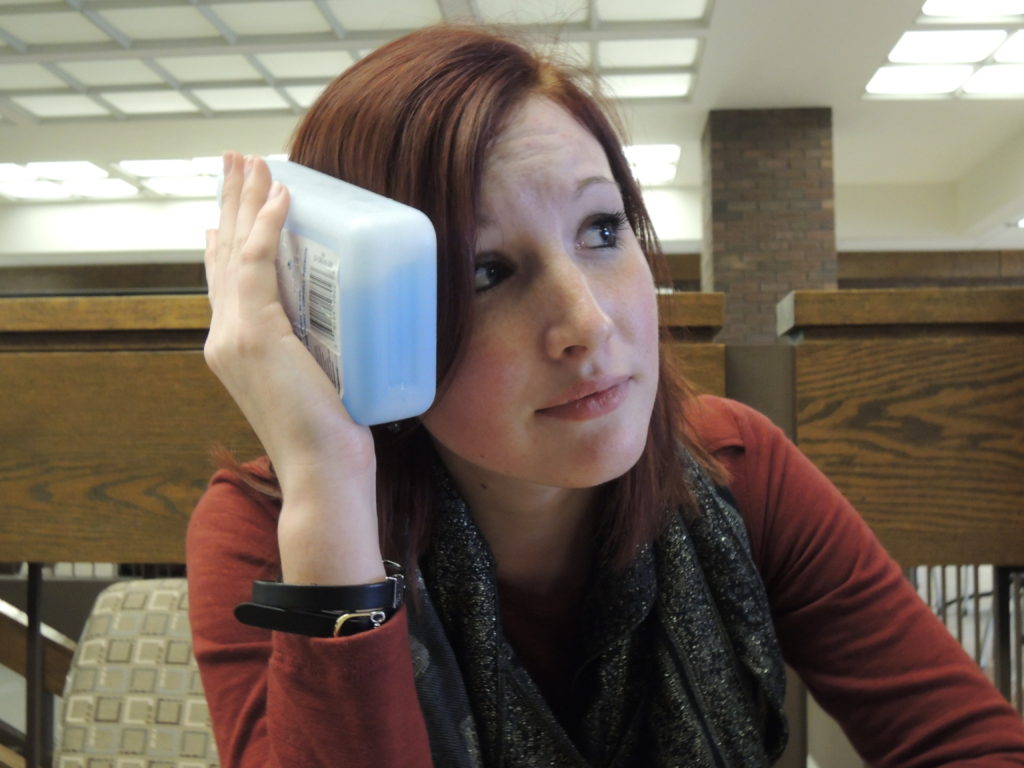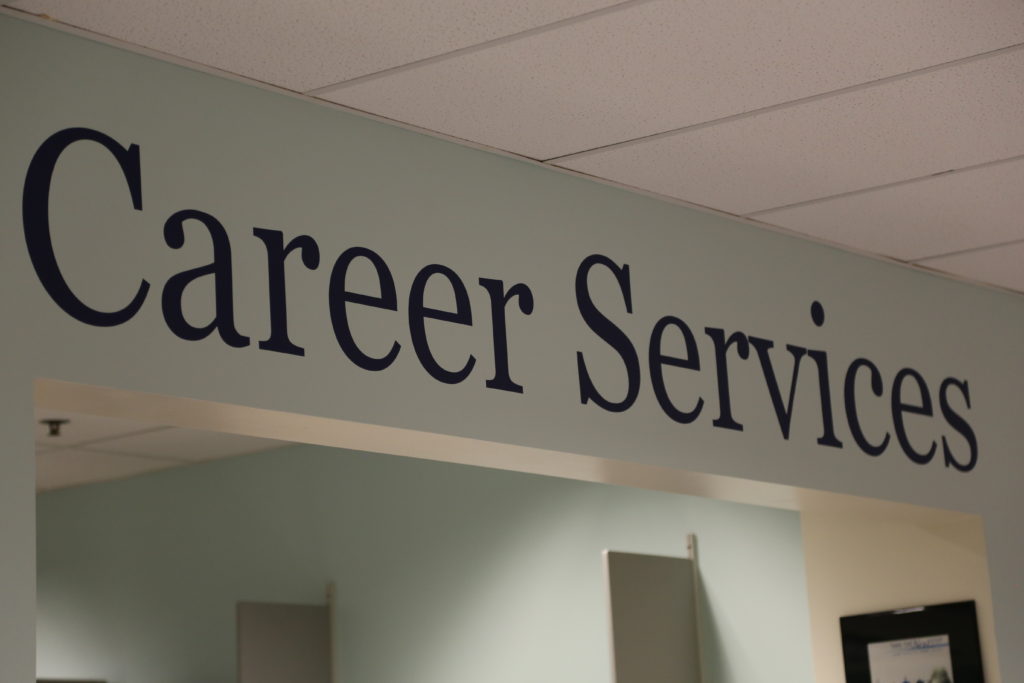Photo credit: Riley McCullough
December is a month full of shopping, eating and most of all, holiday cheer. With the holidays and end of the year happening simultaneously, most people find themselves overwhelmed with things they need to get finished rather than enjoying the holiday season.
Having a place that offers it all, shopping, eating and cheer, is something that many people would cherish in this fast-passed world we live in. Luckily for Fort Wayne, that place exists: Jefferson Pointe.
Jefferson Pointe offers a wide variety of over 60 retail stores, boutiques and restaurants for all your holiday shopping and eating needs. But, Jefferson Pointe also offers a complete holiday atmosphere like no other.
Brett Gauger, resident of Fort Wayne, said visiting Jefferson Pointe this time of year is “enchanting.”
Katrina Newman, property marketing manager for Jefferson Pointe, said planning for the holiday transformation begins six months in advance, but the actual transformation of the shopping center does not begin until the end of October.
Newman said besides the typical holiday lights and décor, there are three main holiday aspects at Jefferson Pointe: live reindeer, photos with Santa and their title-holding Christmas tree.
The live reindeer are at Jefferson Pointe every Saturday from 5 p.m. to 7 p.m. They are located between Simply Mac and Victoria’s Secret. Newman said guests are encouraged to bring their own cameras for when they meet the reindeer.
The reindeer are also at Jefferson Pointe for extra hours on Christmas Eve from noon to 2 p.m.
Santa is located in the play area next to Barnes and Noble. Newman said Santa is ready to meet and take pictures with visitors Monday through Saturday from noon to 8 p.m. and Sunday from noon to 6 p.m. After meeting Santa, there are photo packages available for visitors to purchase.
Santa, like the live reindeer, is also at Jefferson Pointe for extra hours on Christmas Eve from 9 a.m. to 5 p.m.
There are four miles of lights that wrap the trees at Jefferson Pointe, and Jefferson Pointe is home to the tallest synchronized tree in Indiana.
“The tree is 48 feet tall, and the star on top of the tree is 4 feet tall,” Newman said.
The tree features nightly shows from 6 p.m. to 10 p.m. Newman said these shows occur every half hour.
“There are six different shows with different songs each show,” Newman said.
This year, Newman chose to add something new. According to Newman, each show is performed with three Christmas songs followed by Star Wars’ theme song. Newman said she decided to incorporate Star Wars’ theme song because of the new Star Wars movie release on Dec. 18.
“My family makes it a priority to stop and watch,” Gauger said. “After shopping, we will grab a hot drink from Starbucks and enjoy the show.”
This is the third year for the synchronized Jefferson Pointe Christmas tree. Each year Newman said they continue to add more holiday aspects that add to the overall holiday atmosphere. Newman said this year new lights were added to both the tree itself and the surrounding trees.
“The tree is definitely making its way to become a Fort Wayne holiday icon,” Gauger said. “It would not surprise me in the years to come that the JP [Jefferson Pointe] tree is as recognizable as the Santa on Main.”
The tree is lit on the second Saturday of November at 7 p.m. Newman said they choose to light the tree early in order to not make visitors choose which lighting ceremony in Fort Wayne to go to.
Newman said this year’s Christmas tree lighting ceremony was “packed.”
“We are up substantially,” Newman said. Only a week into December, numbers are already showing a 26,000 visitor increase for December 2015 compared to December 2014’s visitor count. Newman said this increase in visitors is great not only for the holiday offerings but for the stores in general.
Amanda Prindle, employee at Jefferson Pointe, said she thinks this upcoming weekend will be the busiest of December.
“The weather has been great, and it is the final countdown for shoppers,” Prindle said. “Shoppers and tree-goers will flood JP [Jefferson Pointe] this weekend, I am sure of it!”
Newman said the tree will switch from synchronizing Christmas music to synchronizing “party” music to celebrate the new year beginning Dec. 26. The Christmas tree stays lit through Jan. 10.
Whether it is shopping, eating or snapping photos with Santa, Jefferson Pointe is the place that accommodates your holiday needs. Jefferson Pointe is located between Illinois Road and West Jefferson Boulevard in Fort Wayne, Ind. For more information about store hours or directions, please visit: jeffersonshopping.com.







